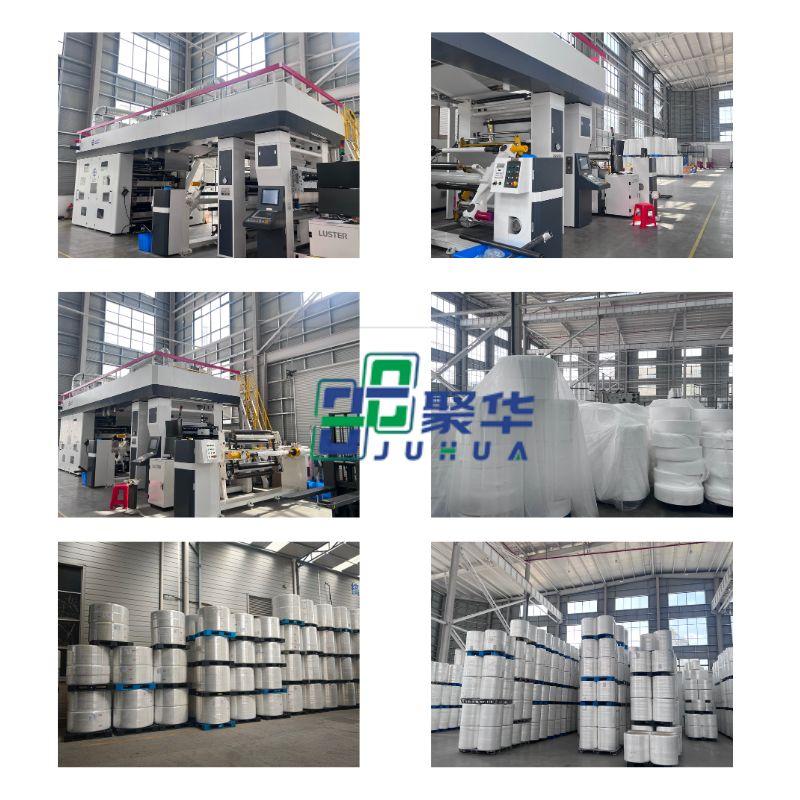Author:Baby & Adult Diaper Materials FROM:Diaper Materials Manufacturer TIME:2025-04-10
The disposable hygiene products market in the Middle East is experiencing rapid growth, driven by demographic shifts, rising disposable incomes, increasing health awareness, and e-commerce expansion. Below is an analysis of key trends and opportunities in this sector.
Demographic Growth & Youth-Driven Demand
A young population (over 50% under 30) fuels demand for baby diapers, especially in Saudi Arabia, the UAE, and Egypt.
Urbanization (e.g., Saudi Arabia’s NEOM project) boosts convenience-oriented hygiene product consumption.
Premiumization in Feminine Hygiene
Conventional sanitary pads dominate, but organic cotton and biodegradable options are gaining traction (e.g., in Lebanon and the UAE).
Tampons and menstrual cups are gradually gaining acceptance, influenced by Western trends.
Growing Adult Incontinence Market
Rising diabetes and aging populations (e.g., in Gulf countries) drive demand for adult diapers, though consumer awareness remains low.
Sustainability & Product Innovation
Eco-friendly products (e.g., biodegradable diapers, plastic-free packaging) are key differentiators, aligning with policies like the UAE’s "Green Agenda 2021."
Muslim-friendly designs (e.g., halal-certified sanitary pads) appeal to conservative markets.
E-Commerce Boom
Post-pandemic, platforms like Noon and Amazon.ae have become major sales channels, with subscription models (e.g., diaper deliveries) gaining popularity.
Saudi Arabia: Largest baby diaper market in the Gulf (40% share), with pro-business reforms ("Vision 2030").
UAE: High demand for premium/eco-friendly products; Dubai is the regional e-commerce hub.
Egypt: Price-sensitive but growing middle class offers long-term potential.
